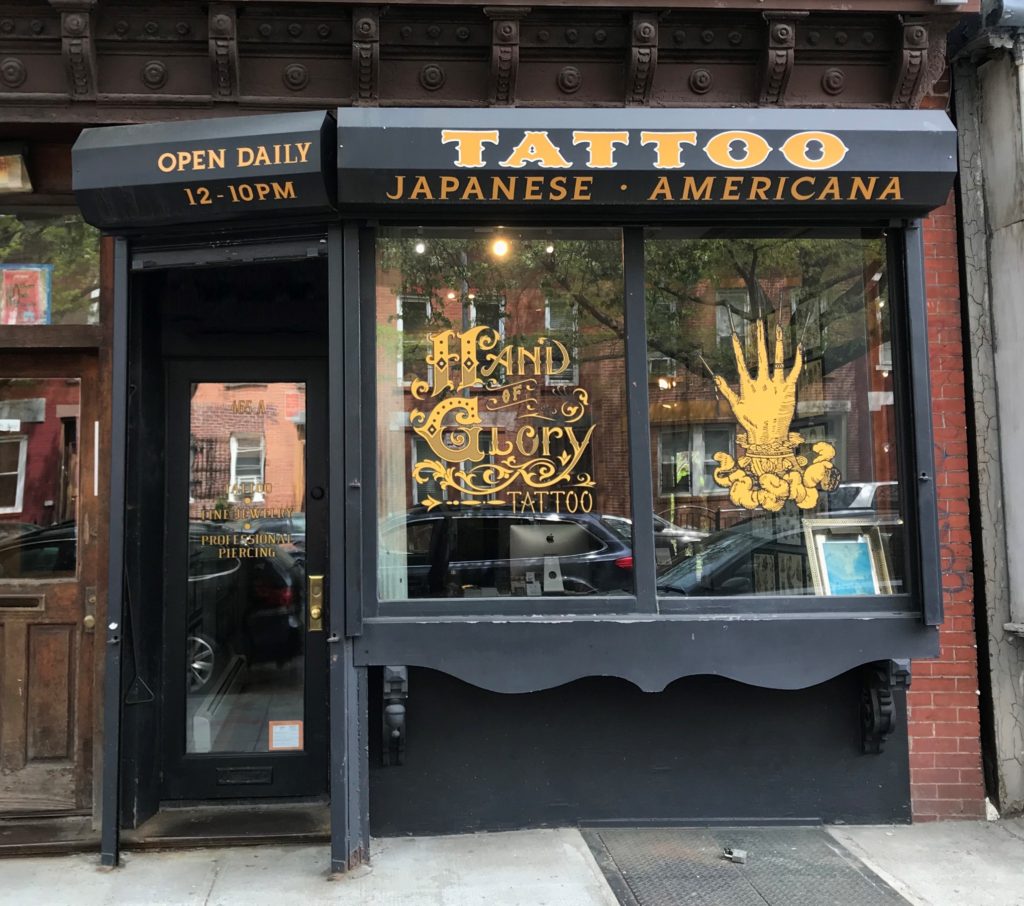Fort Greene is a neighborhood in the Brooklyn borough of New York City located in the northwestern portion of the city. There are four main axes of influence in this area: Flushing Avenue to the north, Atlantic Avenue to the south, Flatbush Avenue Extension to the west, Clinton Hill to the east, and Vanderbilt Avenue to the east of Flushing Avenue. On the New York State Registry and the National Register of Historic Places, the Fort Greene Historic District is recognized as a New York City historic district.
General Nathanael Greene (Rhode Island) oversaw the construction of a Revolutionary War-era fort in 1776, giving the neighborhood its name. Brooklyn’s first park, Fort Greene Park, was formerly known as Washington Park. New York City’s Fort Greene Park was revamped in 1864 by Frederick L. Olmsted and Calvert Vaux, who included a memorial and mausoleum for the 11,500 American Revolutionary War prisoners who died in British prison ships.


